Where our heroes embark on their second move a quarter of a world away, but not before planning it thoroughly.
In previous episodes
I lived in San Francisco for a year in 2009–2010, when I first started working for the Wikimedia Foundation on the Multimedia Usability Project. Unfortunately, I had to move back to France because my partner couldn’t get a visa at the time.
When I first came to the US, I didn’t have a bank account, a social security number, or a credit history. My knowledge and understanding of American culture was limited to what could be gleaned from movies and TV series.
In 2009, we spent the first few nights after we arrived in a hotel, and our reservation ended before we could find a place. We managed to find temporary accommodation for two more weeks, which gave us enough time to find the apartment where I lived for a year.
I remember this period being a very stressful time because of all the uncertainty. Last year, I was offered the opportunity to transition to a new position at the Wikimedia Foundation, and as a consequence to relocate (back) to San Francisco. When we made the decision to come live in the Bay Area again, we also decided to do things differently this time around.
A staged process
Any move requires planning. Moving to a new country 9,400 km away (5,800 miles) requires a lot of planning.
A critical issue when moving is usually that, during the same time period, you need to leave your place, and find a new one, and do all that while packing your belongings.
Instead, we decided to decouple the “leaving Toulouse” part from the “arriving in San Francisco” part. Our visas wouldn’t be ready until September, but we decided to leave Toulouse in July. The plan was to stay at my father’s house in Normandy during the transition period.
Having this buffer period turned out to be a great decision. It allowed us to focus on leaving our place in Toulouse without having to worry about finding a place just yet, and it gave us a lot of flexibility with regard to shipping our belongings and flying to San Francisco.
My father’s house in Normandy was going to be mostly unused during that period, and living in Normandy for a few months would also be an opportunity to catch up with the rest of the family.
Leaving Toulouse
Leaving our old apartment in Toulouse was the easy part. We gave notice to our landlord and scheduled our milestones based on when we’d be leaving. Because we didn’t have to worry about finding a new place just yet, or choosing what to take with us to the US, it made things a lot simpler.
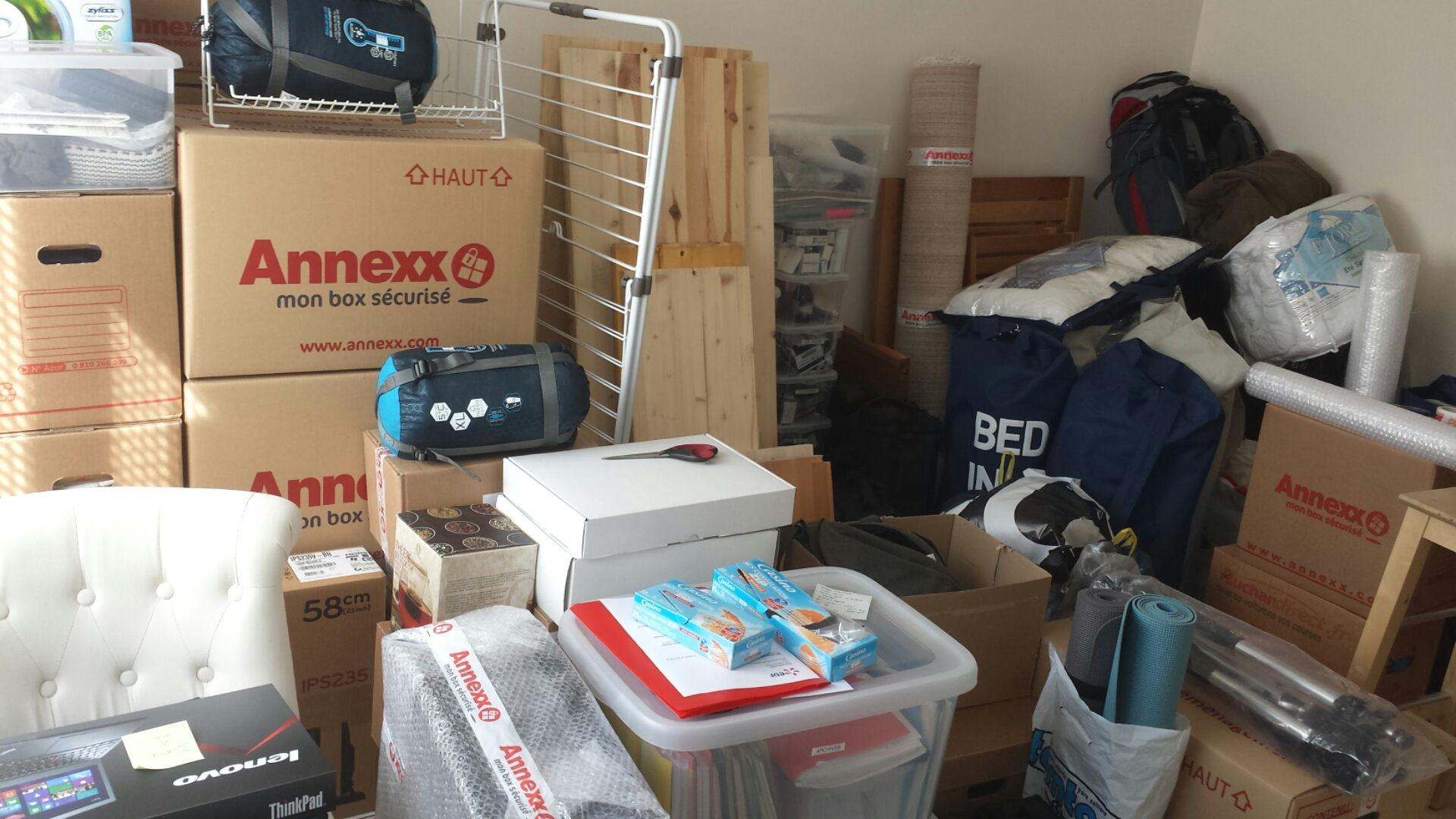
Our two-part move meant that we had two opportunities to go through our belongings and decide what to bring, and what to leave behind.
There were few parking spaces in the street of our apartment building, so we needed to park the moving van directly on the street. We contacted the city services in advance and they allowed us to temporarily block traffic in the street while we loaded everything.
One thing we didn’t expect, though, was that “having permission to park on the street” didn’t actually mean “being able to park there”. It turned out that work on the utility lines was happening in our street at the same time, and on moving day the whole street was filled with trucks, vans and other heavy equipment.
In the end, we managed to squeeze in our van during the workers’ lunch break. We loaded it in a record one hour, thanks to half a dozen friends of friends who came to give us a hand at the last minute.
A few months in the Normandy countryside
We arrived in Normandy the next day and proceeded to set up our living quarters at my father’s. It took a little skill to essentially merge two homes into one, so some of the boxes lasted a bit longer than expected, but we managed to set up our own space without disrupting the house’s equilibrium too much.
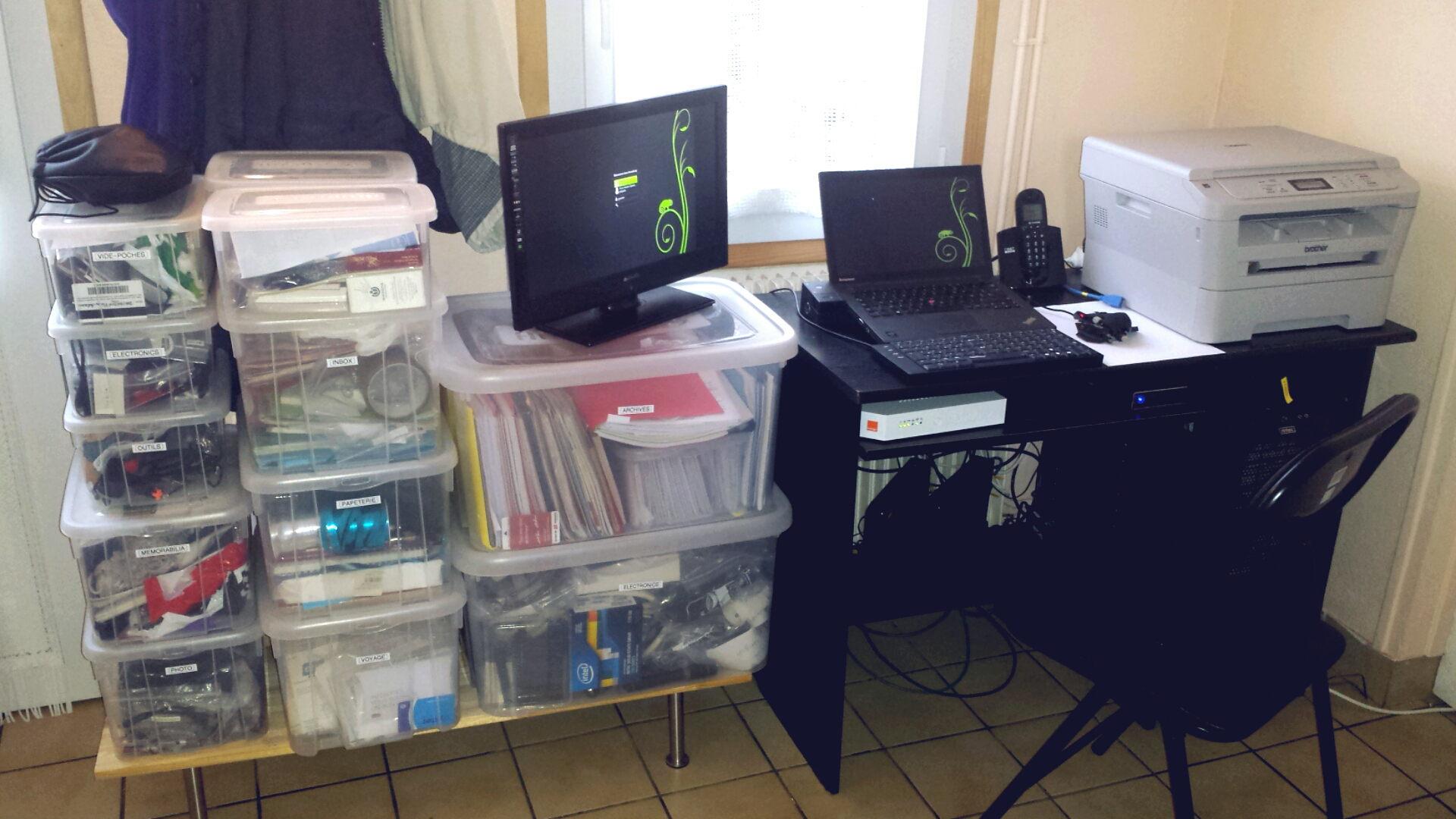
I set up a makeshift office in a hallway where I worked for the first few weeks.
As we settled in, we also made a few improvements, notably to organize the house a bit more.
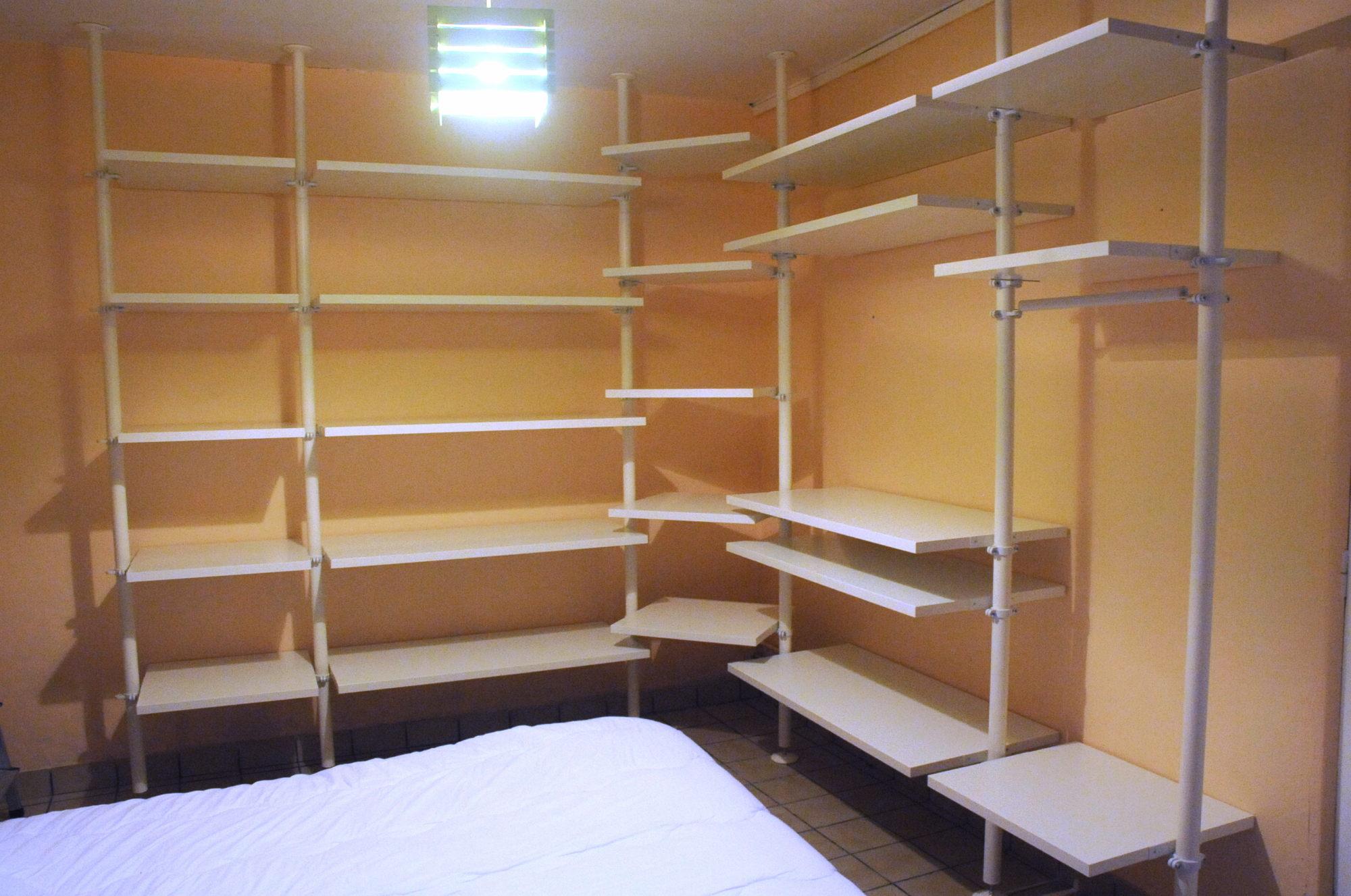
This is how a guest room gets Stolmened.
We had never stayed in this house more than a few days at a time, mostly for the holidays. This time, we were able to take advantage of the beautiful Summer weather to explore the area on the week-ends.
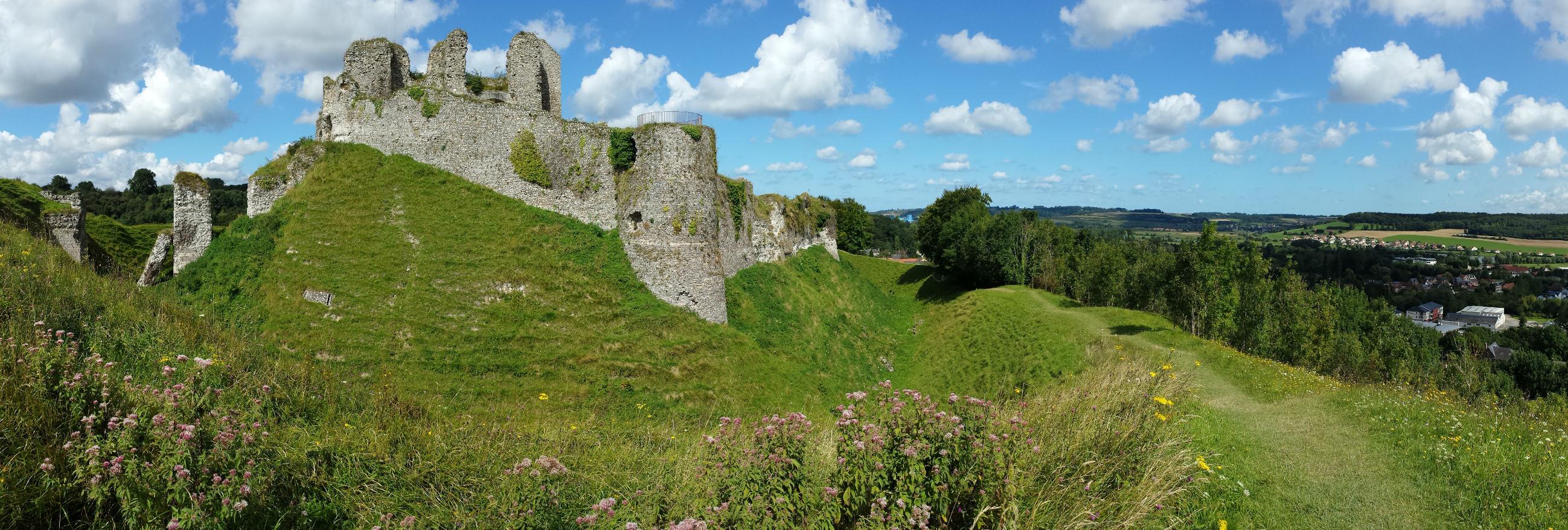
Living in Normandy for a few months became an opportunity to explore the area during beautiful Summer week-ends.
I also went through some of my old stuff to clear out boxes, notes from college, and generally put my affairs in order before leaving, since I knew we wouldn’t be able to come back very often (or very long).
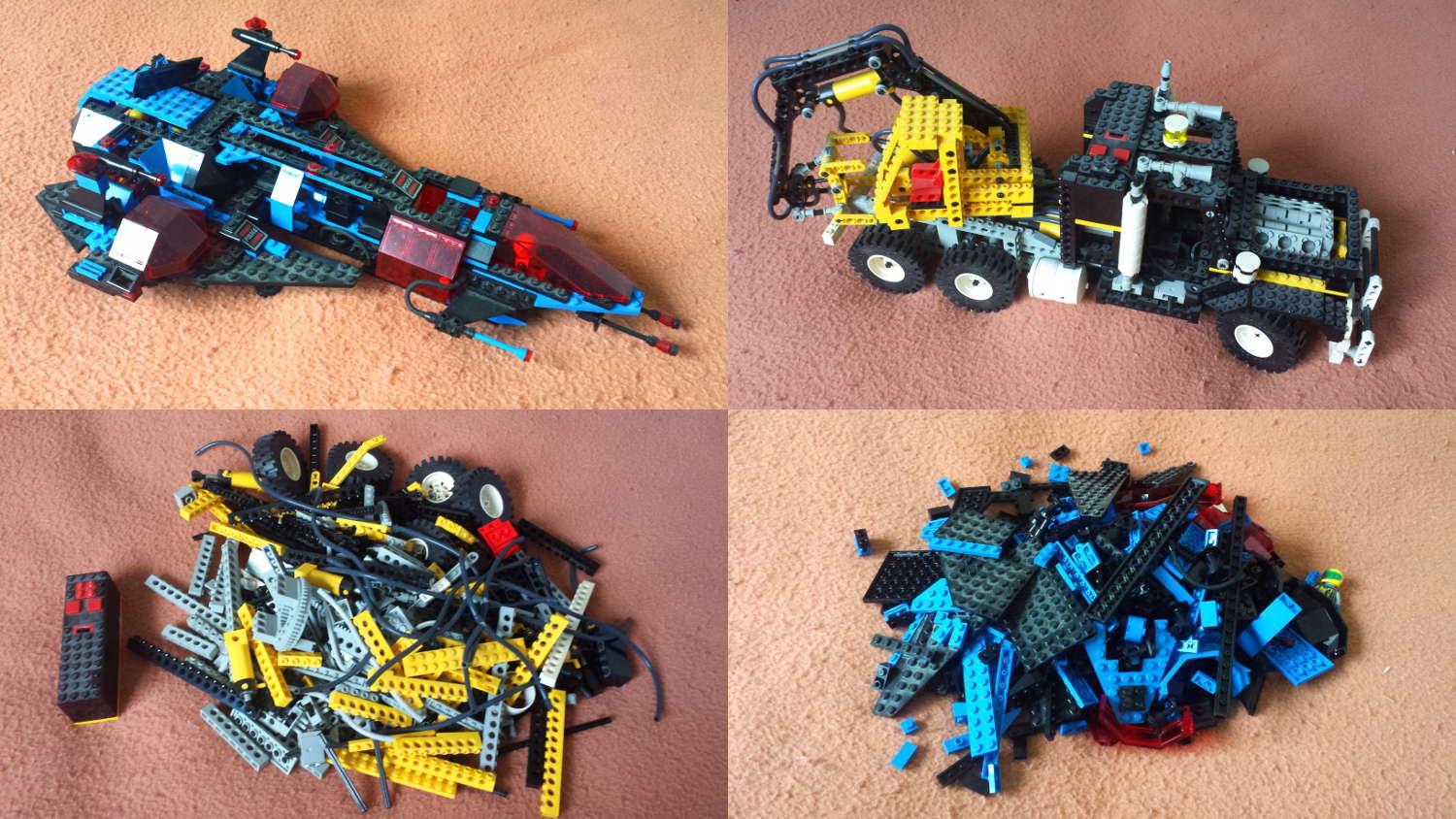
My Air Tech Claw Rig (8868) and beloved Mission Commander (6986) are now stored away, patiently waiting to be built again the next time I visit.
As October approached, we started focusing on preparing the second leg of our move, and finding a place in the San Francisco bay area. We quickly realized that the pace at which Craigslist ads were being posted and taken down meant that we’d have to be on site to do any kind of proper house-hunting. The good news was that we could leave Normandy at any time, since we didn’t have to give notice.
Arriving and settling in in the Bay Area
Knowing from experience that we’d need a few weeks to find a home, we looked for temporary accommodation on Airbnb from France, and stayed in Berkeley when we arrived.
This time around, we didn’t have to worry about setting up a bank account and getting a social security number, so that made things a bit easier. We still didn’t have a credit history, though, so many Craigslist postings were out of our reach.
We eventually found a great place in the North Bay that was both affordable and in a great setting, and we’ve been living there since.
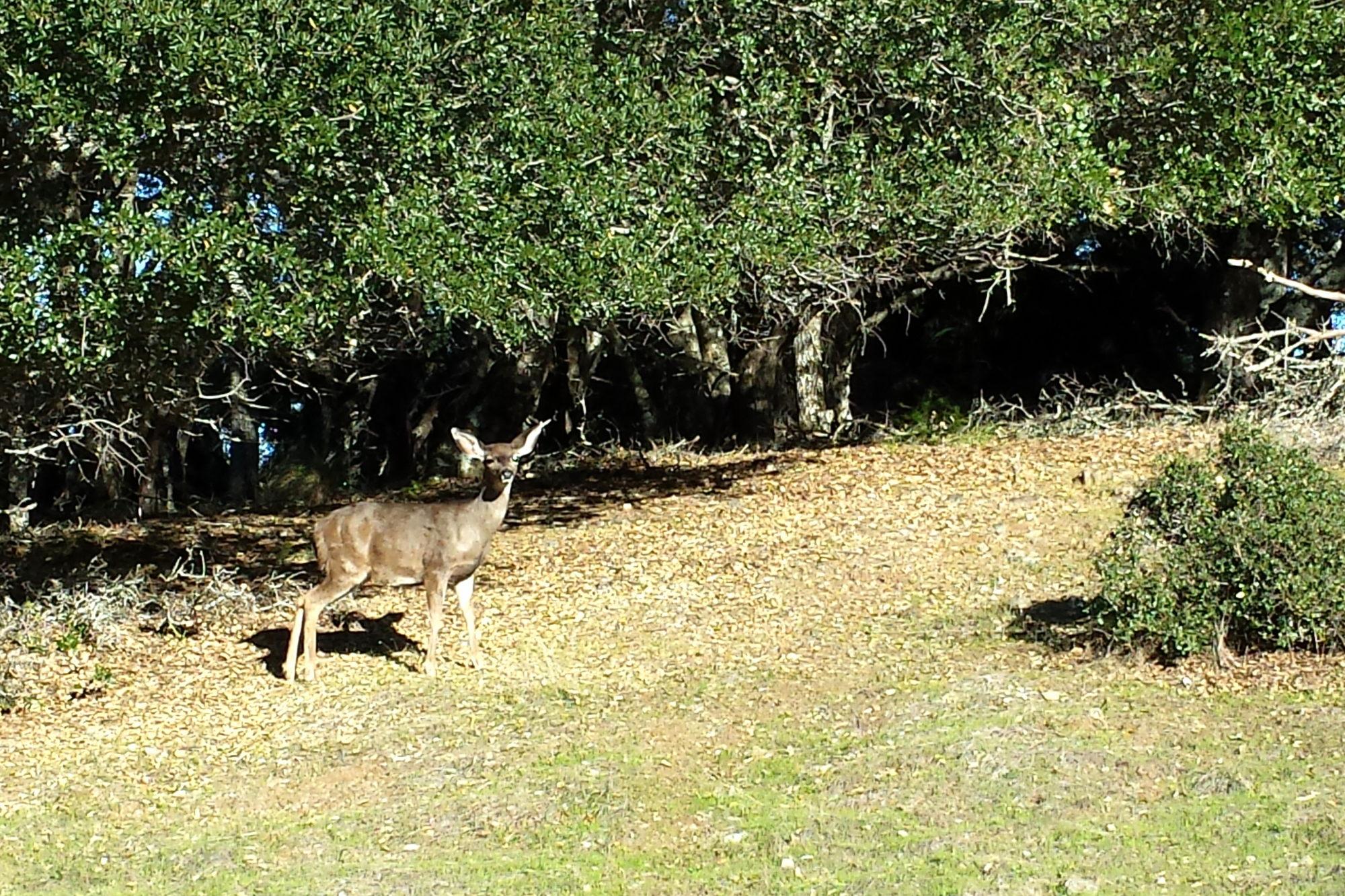
We now live in the North Bay, farther from the office, but in a much quieter setting.
Cultural acclimation has been smoother this time, partly due to having lived here before. The excellent “Life in the USA” site has been of great help as well. Touted as “the complete web guide to American life for immigrants and Americans”, it has provided us with incredible insight into the American culture, and I recommend it to anyone who’s immigrating to the US. Also, this time my partner was able to get a visa (thank you, United States v. Windsor) so this has obviously made the transition much less stressful.
Living in the North Bay involves a longer commute than when I was living downtown, but this hasn’t been a deal-breaker so far. I would obviously like to be able to live closer to work, but I’m currently willing to have a long commute if that means living in a quiet area and in a more affordable home. (The rent of the one-bedroom I used to rent in San Francisco has doubled since 2010.)

The longer commute provides time to get ready for work in the morning, and a welcome break in the evening.
It’s now been four months since we moved, and we’re mostly settled. We’ve had to adapt our routines to a new set of constraints, but we’re glad we moved. We hope to explore the area a bit more as Spring and Summer approach, and roam the beautiful parks and trails of northern California.